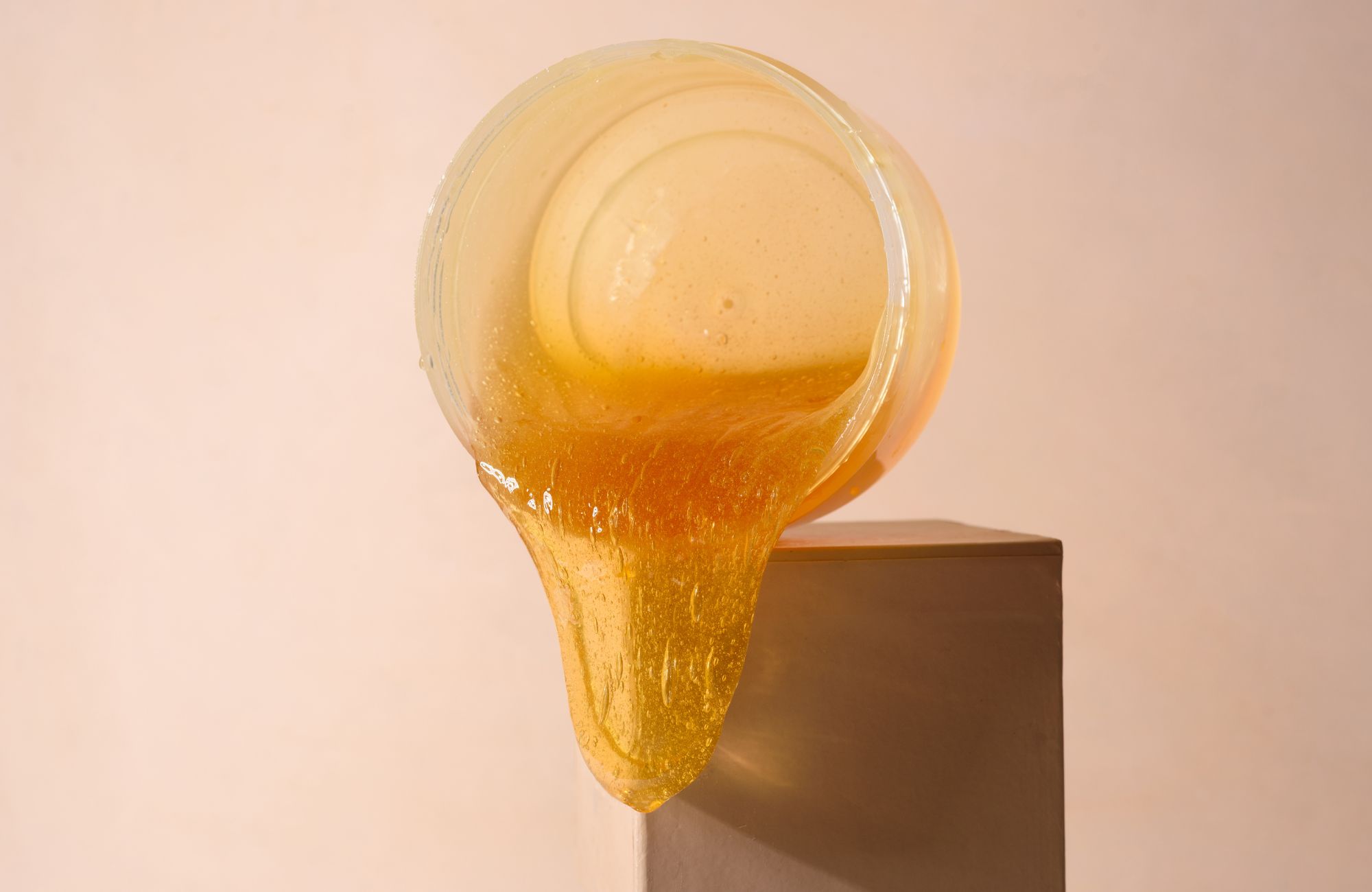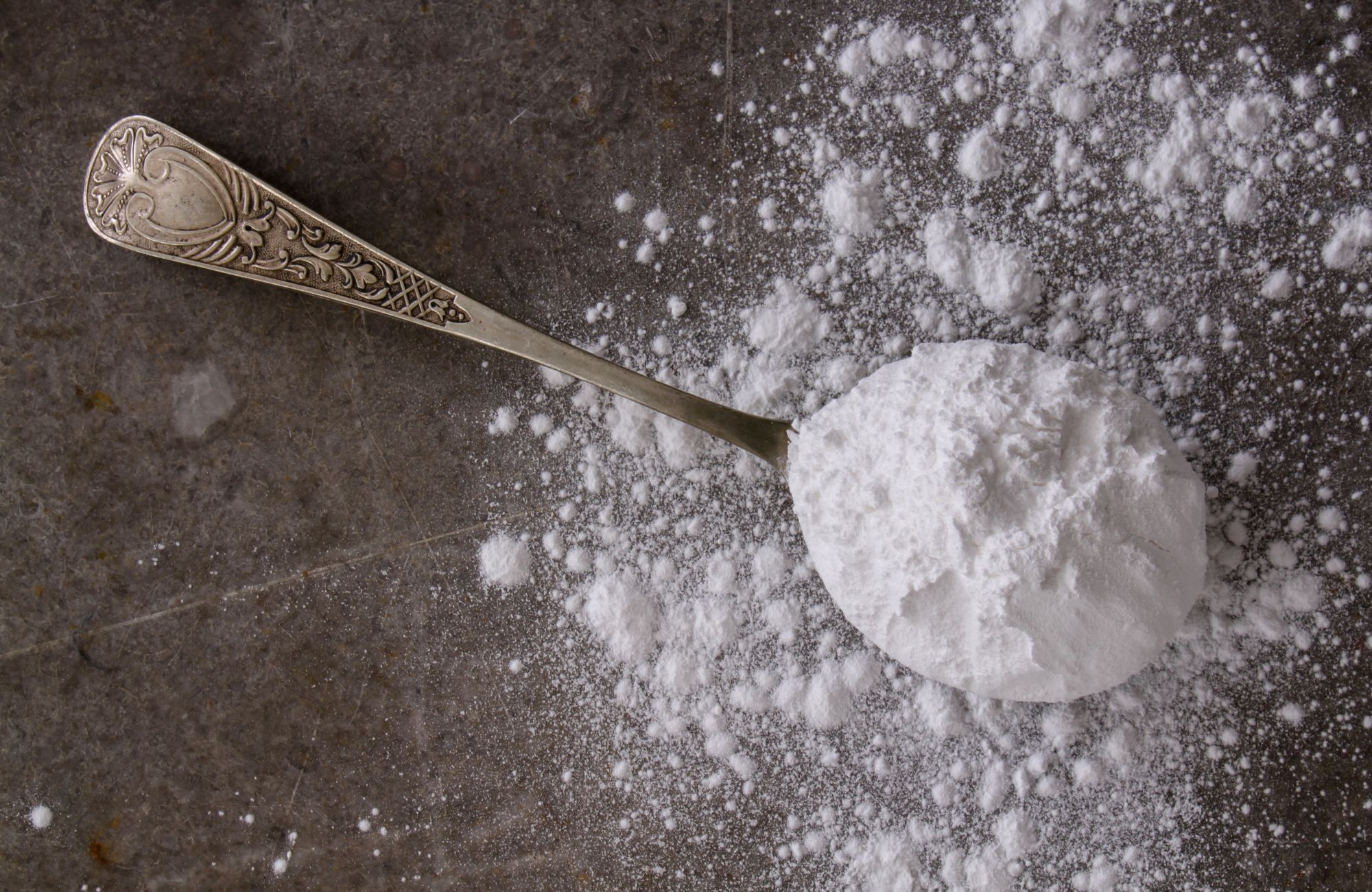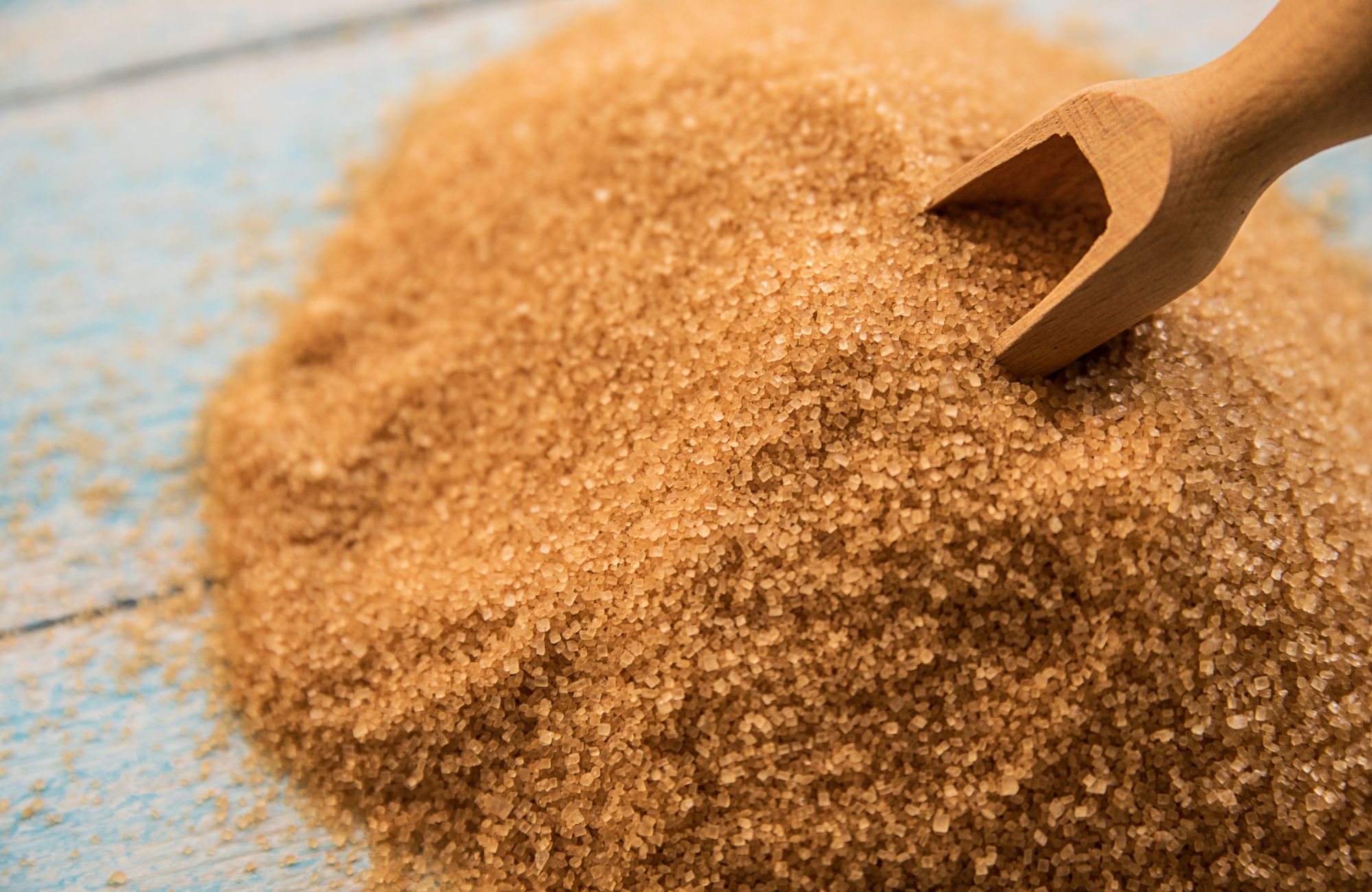
What Is Invert Sugar? The Complete Guide
In the diverse world of sweeteners, invert sugar stands out as a uniquely versatile ingredient that plays a crucial role in both commercial food production and home baking. Whether you’ve spotted this ingredient on a food label or heard professional bakers singing its praises, understanding what invert sugar is and how it works can elevate your culinary creations to new heights.
Understanding the Science Behind Invert Sugar
Invert sugar is a liquid sweetener created when table sugar (sucrose) is broken down into its component simple sugars: glucose and fructose. In regular granulated table sugar, glucose and fructose molecules are chemically bonded together to form sucrose. During the inversion process, these chemical bonds are broken, resulting in a mixture where the glucose and fructose exist separately in equal proportions.
This transformation happens through a process called hydrolysis, where water breaks the bonds between the sugar molecules. The reaction can be accelerated by adding heat and either an acid (like citric acid or cream of tartar) or an enzyme.
Why Is It Called Invert Sugar?
The name comes from a fascinating optical property. When plane polarized light enters a sucrose solution, the light rotates in a clockwise direction. However, after the sucrose has been inverted, the same light rotates in the opposite, counterclockwise direction. This inversion of the optical rotation is what gives the sweetener its name.
In its pure form, invert sugar is a clear liquid with a consistency similar to honey. It contains approximately 50% glucose and 50% fructose in solution, making it different from both regular table sugar and other sweeteners like high fructose corn syrup, which has varying ratios of these sugars.
How Invert Sugar Is Made
Invert sugar can be produced both commercially and at home through relatively simple processes.
Commercial Production Methods
Commercial manufacturers use two primary methods to produce invert sugar:
- Acid Hydrolysis: This involves heating a sucrose solution with a food-grade acid catalyst (usually citric acid) under controlled temperature conditions. The acid breaks the bonds between glucose and fructose molecules.
- Enzymatic Inversion: Some producers use an enzyme called invertase to split the sucrose molecules. This method typically operates at lower temperatures and produces fewer byproducts than acid hydrolysis.
The degree of inversion can be controlled, allowing manufacturers to create partially inverted products (like medium invert sugar) or fully inverted syrups depending on the specific application needs.
Types and Forms of Invert Sugar
Invert sugar is available in several different forms, each with specific applications:
100% Invert Sugar
This has been completely inverted, with all the sucrose converted to glucose and fructose. It has maximum sweetness and anti-crystallization properties.
Partial or Medium Invert Sugar
Only some of the sucrose has been inverted, typically containing about 50% original sugar (sucrose) and 50% inverted sugar (free glucose and fructose). This balance provides useful properties for certain applications where complete inversion isn’t necessary.
Natural Sources of Invert Sugar
Honey is nature’s own invert sugar. Honeybees produce an enzyme called invertase that naturally converts flower nectar (primarily sucrose) into an inverted mixture of glucose and fructose.
Commercial Invert Sugar Products
Specialty products like trimoline (a pastry chef’s favorite) are commercially manufactured invert sugars designed for specific culinary applications.
Behind Invert Sugar’s Unique Properties
Invert sugar possesses several properties that make it superior to regular table sugar in many applications:
Enhanced Solubility
Free glucose and fructose molecules dissolve much more readily in water compared to sucrose, especially in cold liquids. This makes invert sugar perfect for sweetening iced coffee drinks and cold beverages without the grittiness of undissolved sugar crystals at the bottom.
Increased Sweetness
Fructose is approximately 1.7 times sweeter than sucrose. Because invert sugar contains free fructose, you can use less of it to achieve the same level of sweetness as regular sugar—making it both more efficient and potentially economical.
Moisture Retention
Invert sugar is hygroscopic, meaning it attracts and holds moisture. This property helps baked goods stay fresh longer and prevents them from drying out quickly.
Anti-Crystallization
Perhaps one of its most valuable properties, invert sugar resists crystallization. This makes it indispensable for creating smooth-textured candies, frostings, and frozen desserts without the gritty texture that can develop from sugar crystals.
Impact on Freezing Point
Invert sugar lowers the freezing point of mixtures, making ice creams and sorbets softer and more scoopable straight from the freezer.
Culinary Benefits and Applications of Invert Sugar
The unique properties of invert sugar make it a versatile ingredient across many culinary applications:
Baked Goods
- Cookies and Brownies: Creates chewier textures that stay soft longer
- Cakes: Improves moisture retention for extended shelf life and prevents drying out
- Sweet Breads: Keeps breads like cinnamon rolls and pastries softer for longer
Confectionery
- Fudge and Ganache: Prevents sugar crystallization for silky-smooth textures
- Caramels and Toffees: Creates pliable, non-grainy candies
- Fondants and Icings: Provides smooth consistency and prevents crusting
- Maple-Flavored Candies: Often uses invert maple syrup for authentic flavor with improved texture
Frozen Desserts
- Ice Cream: Creates smoother texture with fewer ice crystals
- Sorbet: Improves scoopability and prevents freezer burn
- Gelato: Contributes to the characteristically smooth mouthfeel
Beverages
- Coffee Drinks: Dissolves completely even in cold brew or iced coffee
- Cocktails and Mocktails: Provides sweetness without the grittiness of granulated sugar
- Flavored Syrups: Forms the base for many commercial and homemade flavoring syrups
Fermentation
- Beer Brewing: Provides easily fermentable sugars for certain beer styles
- Kombucha: Can be used to kick-start the fermentation process
- Wine Making: Sometimes used to adjust sweetness levels
Invert Sugar vs. Other Sweeteners
Understanding how invert sugar compares to other common sweeteners can help you choose the right option for your specific needs:
Invert Sugar vs. Regular Table Sugar
While both start as sucrose, invert sugar has been broken down into glucose and fructose. Regular sugar is crystalline and less sweet, while invert sugar is liquid and sweeter. Invert sugar dissolves more easily in cold liquids and resists crystallization, making it superior for many applications.
Invert Sugar vs. High Fructose Corn Syrup
Both are liquid sweeteners containing glucose and fructose, but they differ in their production methods and exact composition. While invert sugar contains roughly equal amounts of glucose and fructose, high fructose corn syrup typically contains higher percentages of fructose (usually 55% or higher). Invert sugar is derived directly from table sugar, while HFCS is produced from corn starch through enzymatic processing.
Invert Sugar vs. Simple Syrup
Simple syrup is just sugar dissolved in water (typically a 1:1 ratio), with no chemical change to the sugar molecules. Invert sugar has undergone hydrolysis, breaking sucrose into glucose and fructose. Simple syrup will eventually recrystallize, while properly made invert sugar resists crystallization.
Invert Sugar vs. Honey
Honey is a natural form of invert sugar, containing approximately 40% fructose and 30% glucose, along with water and other compounds. Manufactured invert sugar is a pure sugar solution without the additional flavors, colors, and compounds found in honey. Both share similar moisture-retaining and anti-crystallization properties.
Nutritional Information and Health Considerations
Invert sugar provides about 45-50 calories and 13-14g of sugar per tablespoon, with no significant nutrients. Its glycemic impact is slightly lower than table sugar due to fructose. Like all added sugars, it should be consumed in moderation, no more than 36g daily for men and 25g for women, as excessive intake can contribute to health risks like weight gain and heart disease. However, it is no worse than other added sugars when consumed responsibly.
Buying Guide for Invert Sugar
For home bakers looking to experiment with invert sugar:
Commercial Options
Several brands of invert sugar are available for purchase, including:
- Professional pastry ingredients like trimoline
- Specialty liquid cane sugars labeled as “invert sugar syrup”
- Natural alternatives like honey (a natural invert sugar)
What to Look For
- Purity of ingredients
- Level of inversion (partial or complete)
- Free from artificial additives or preservatives
- Clear labeling of the inversion method (acid or enzyme)
Storage Recommendations
- Store in a clean glass jar with a tight-fitting lid
- Refrigerate after opening
- Expect a shelf life of approximately 6 months
- If the syrup begins to crystallize, gently warm it to restore the smooth texture
Expert Tips for Working with Invert Sugar
To get the most out of this versatile sweetener:
- Substitution Guide: Use approximately 25% less invert sugar than the amount of granulated sugar called for in recipes, adjusting for the liquid content
- Temperature Sensitivity: Avoid overheating invert sugar, as extremely high temperatures can cause unwanted caramelization or burning
- Measuring Accuracy: Use liquid measuring tools rather than dry measuring cups for precise amounts
- Combination Approach: For many recipes, the best results come from using a combination of invert sugar and other sweeteners rather than a complete replacement
Conclusion
Invert sugar stands as a remarkable ingredient that bridges food science and culinary craft, offering benefits that regular sugar simply cannot provide. Its unique properties of enhanced solubility, increased sweetness, moisture retention, and crystallization resistance make it invaluable for creating superior confections, baked goods, and beverages. Whether you’re perfecting professional pastries or elevating home-baked treats, this versatile sweetener can transform your creations with smoother textures, better flavor, and extended freshness.
At U.S. Sweeteners, we’re committed to providing high-quality sweetening solutions for all your culinary needs. With a focus on quality and innovation, we ensure that our sweeteners deliver exceptional taste, consistency, and performance in every application. Contact us today to explore our premium selection of specialty sweeteners, including our professionally formulated invert sugar products perfect for both commercial and home kitchens.
FAQs
What is the difference between invert sugar and sugar?
Regular sugar (sucrose) consists of glucose and fructose molecules chemically bonded together in crystal form, while invert sugar has these bonds broken, resulting in free glucose and fructose in liquid form, making it sweeter, more soluble, and resistant to crystallization.
What is an example of an invert sugar?
Common examples of invert sugar include commercial products like trimoline (used by pastry chefs), liquid cane sugar syrups labeled as “invert sugar syrup,” and natural sources like honey.
Is honey an invert sugar?
Yes, honey is nature’s own invert sugar, created when honeybees produce an enzyme called invertase that naturally converts flower nectar (primarily sucrose) into a mixture of glucose and fructose.
What does invert sugar do in baking?
In baking, it retains moisture (keeping baked goods fresher longer), prevents crystallization (creating smoother textures), enhances browning, and provides sweeter flavor while using less product.



Leave a Reply